“We challenge preconceived notions and try to change how we understand science. We believe in doing science that non-science folk can understand and appreciate.”
First exposure to herpesviruses does not cause a life-threatening disease. In fact, most individuals are frequently unaware of their first exposure to these viruses. These herpesviruses acquire lifelong latency in the human body after entering human cells. We propose that it is not the latency itself but the timely and regionally restricted viral activation in a sub-set of host cells due to one of the several triggers ranging from prescription drugs to other infections that is pivotal to disease development. Using novel state-of-the-art latency models and modern innovative molecular biology approaches, we try to understand the early stages of host-virus interactions, starting from single-cell to multicellular organoid levels.
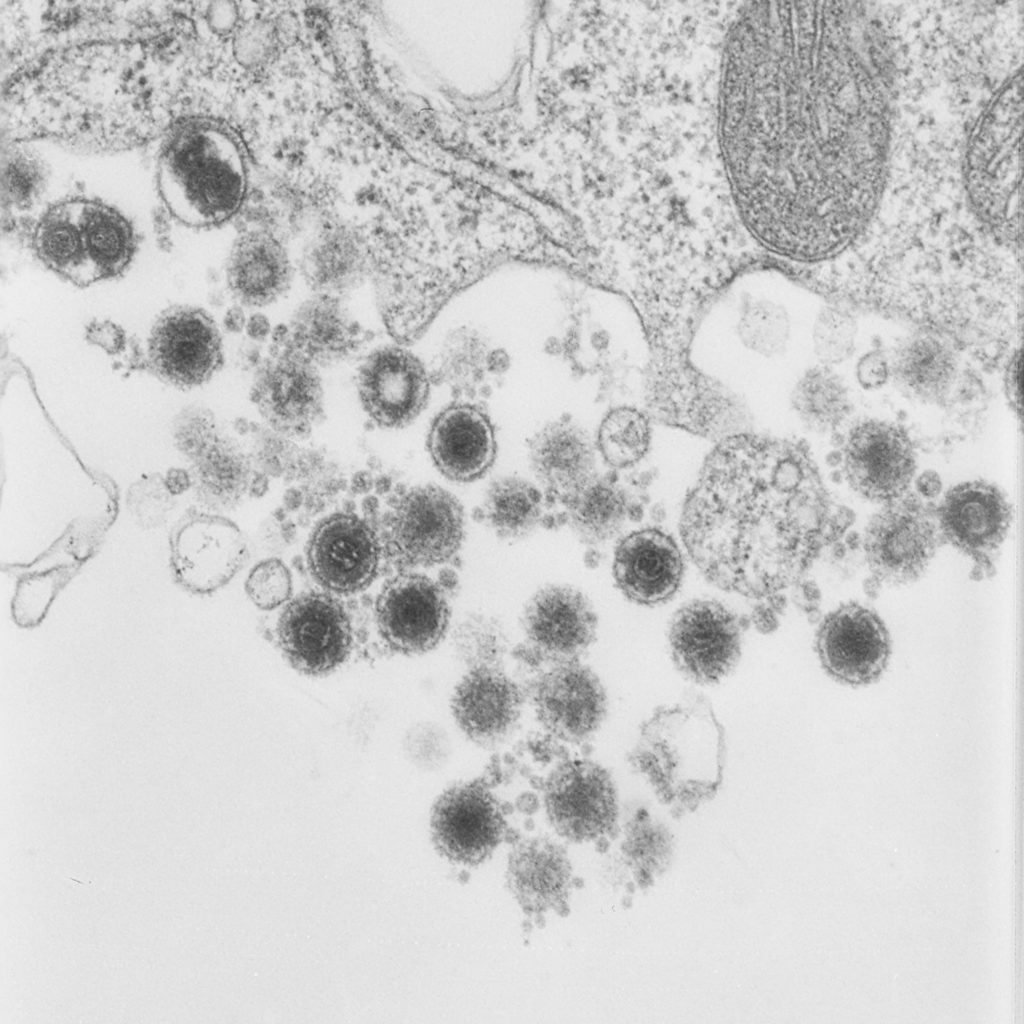
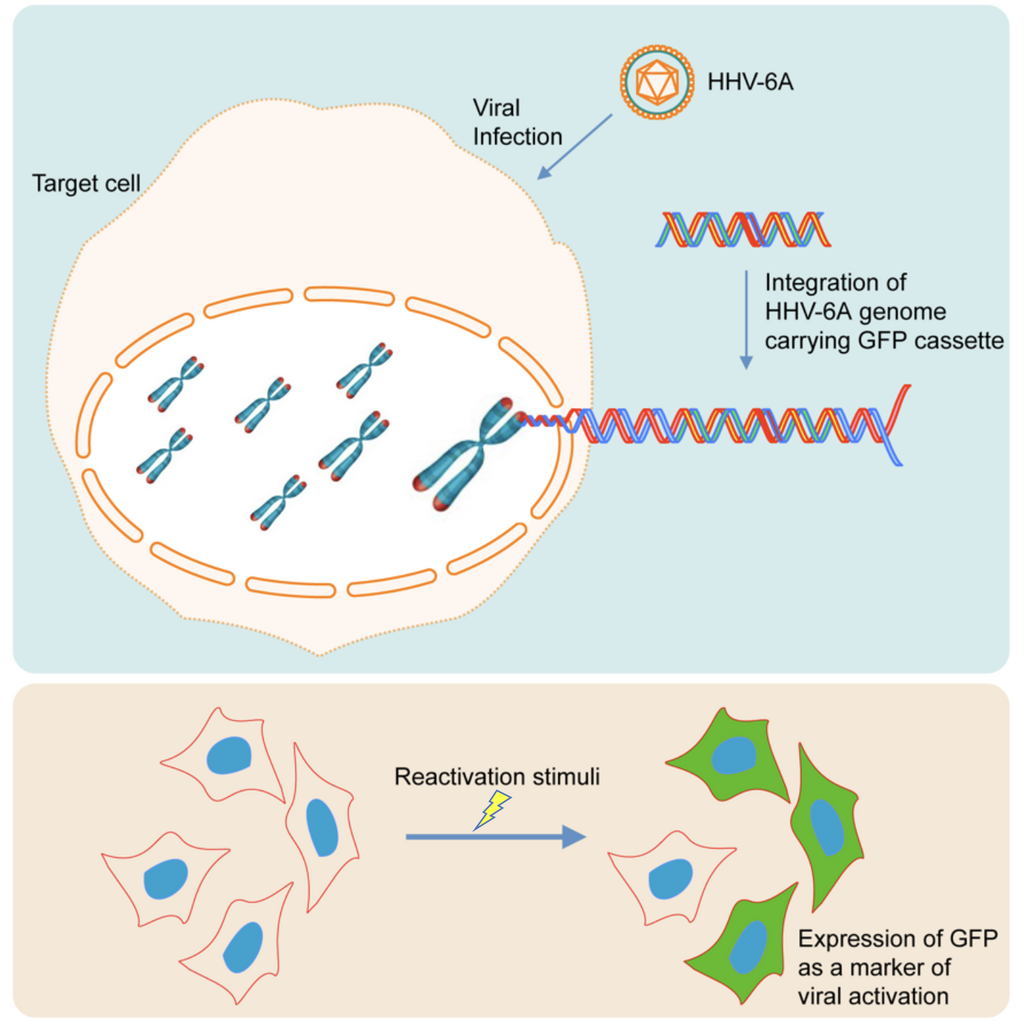
The beta herpesvirus family members HHV-6A, HHV-6B, and HHV-7 are unique as they integrate into the human telomeric region and become a part of our genome. Many of us also genetically inherit these viruses, carrying 1-2 copies of the virus genome in every cell of our body. Our lab focuses on understanding how these viruses maintain a harmonious lifelong relationship with us. We develop tools and methods to understand the triggers that bring the latent viral genome out of the integrated state. We are excited to learn about the early molecular events that are crucial for both the virus and the human body, which happen within the first few hours to days. Our group was the first to show HHV-7 inheritance in humans. We are one of the very first groups that characterized the mechanism of HHV-6 reactivation. In a groundbreaking paper in ‘Nature’, we recently showed how a viral miRNA acts as a switch for virus reactivation.
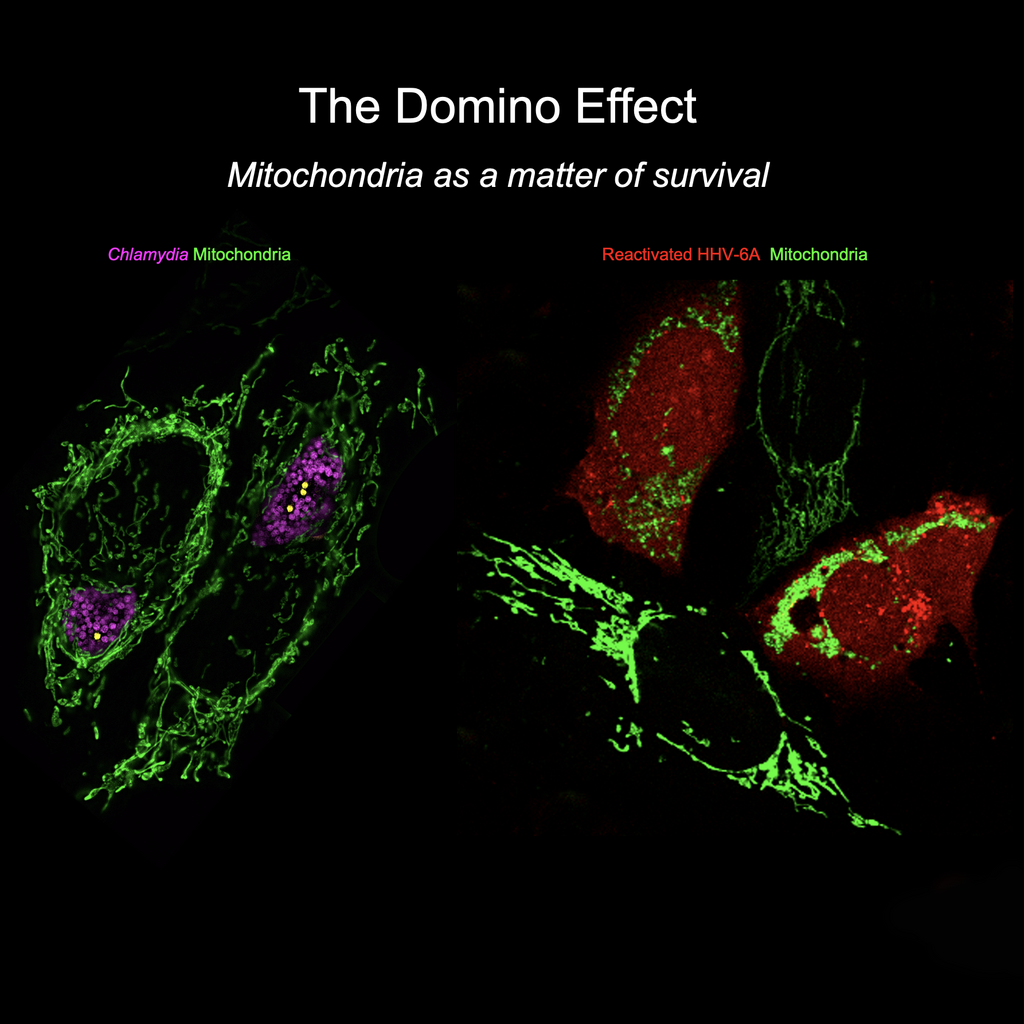
Human diseases are often linked to a single pathogen. We were one of the very first groups to challenge this notion. We hypothesized that the human body is home to many latent and persistent pathogens. These pathogenic organisms might change the life cycle of another incoming pathogen, often leading to chronic disease conditions. We developed a co-infection model to study interactions between HHV-6 and Chlamydia. We experimentally validated our hypothesis and showed the crosstalk between these pathogens at the organelle level. Our lab focuses on understanding the role of mitochondria and peroxisomes in shaping the life cycle of pathogens.
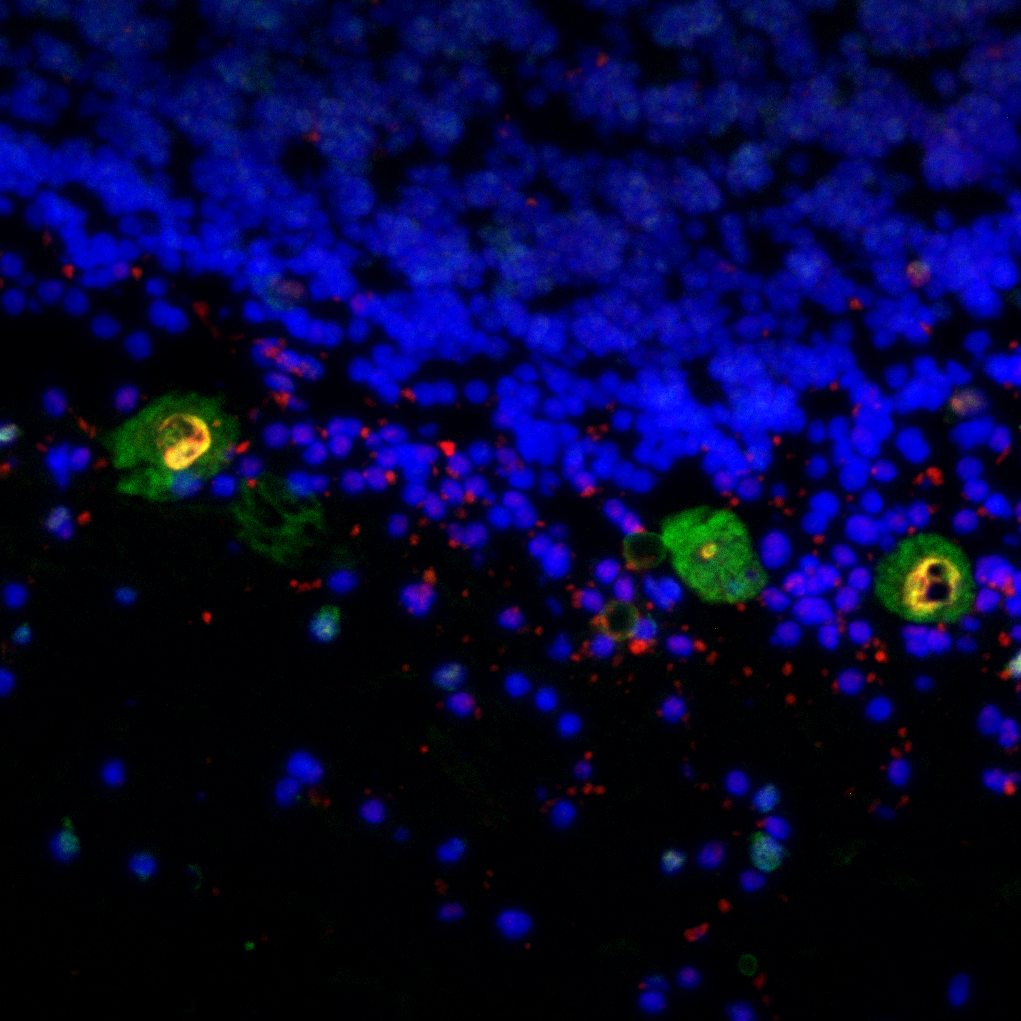
HHV-6 is a highly underestimated human pathogen. The frequent latency of this virus within the human body often casts doubts about its role in human diseases. We carry out collaborative studies with clinicians worldwide to understand this virus's role in many clinical conditions, including DRESS, pregnancy loss, solid organ transplantation, etc.
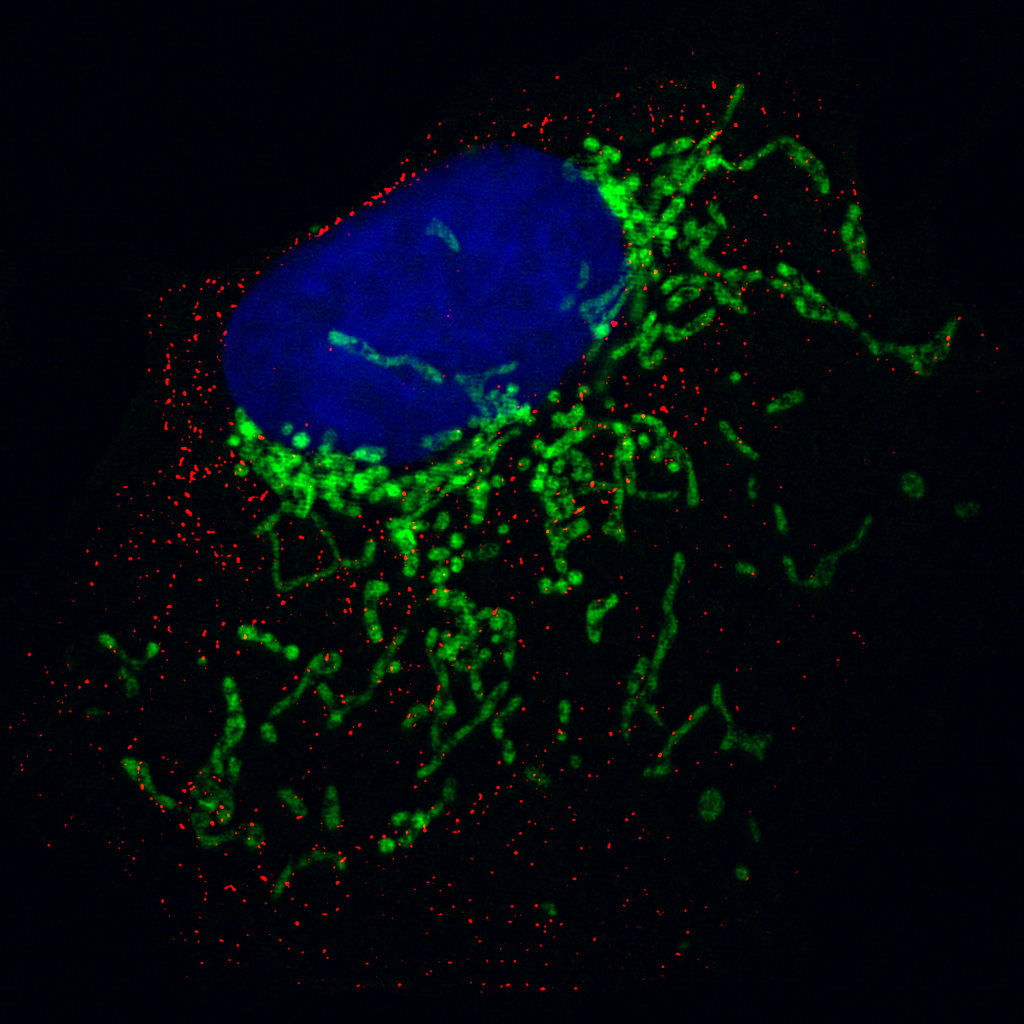
Myalgic Encephalomyelitis / Chronic Fatigue Syndrome (ME/CFS) is a multi-factorial disorder with many potential triggers. Mounting epidemiological evidence implicates HHV-6, HHV-7, and EBV as three highly probable infectious triggers for ME/CFS. A large subset of patients who had recovered from SARS-CoV-2 infection are developing ME/CFS like symptoms and are continuing to have ME/CFS like clinical conditions even after several months post viral infection and are defined as long COVID or post-acute sequelae of SARS-CoV-2 infection (PASC). This has strengthened the idea of infectious origin behind ME/CFS. Our lab focuses extensively on characterizing the role of viral infections in these chronic conditions using innovative, interdisciplinary methodologies and patient samples.

Nine herpesviruses infect human beings and contribute to disease development. We develop and employ state-of-the-art methods to understand the biology of host-virus interactions during some of these herpesvirus infections, including HSV-1 and CMV. We combine textbook molecular biology tools and modern, state-of-the-art single-cell RNAseq approaches to understand host-virus interactions.